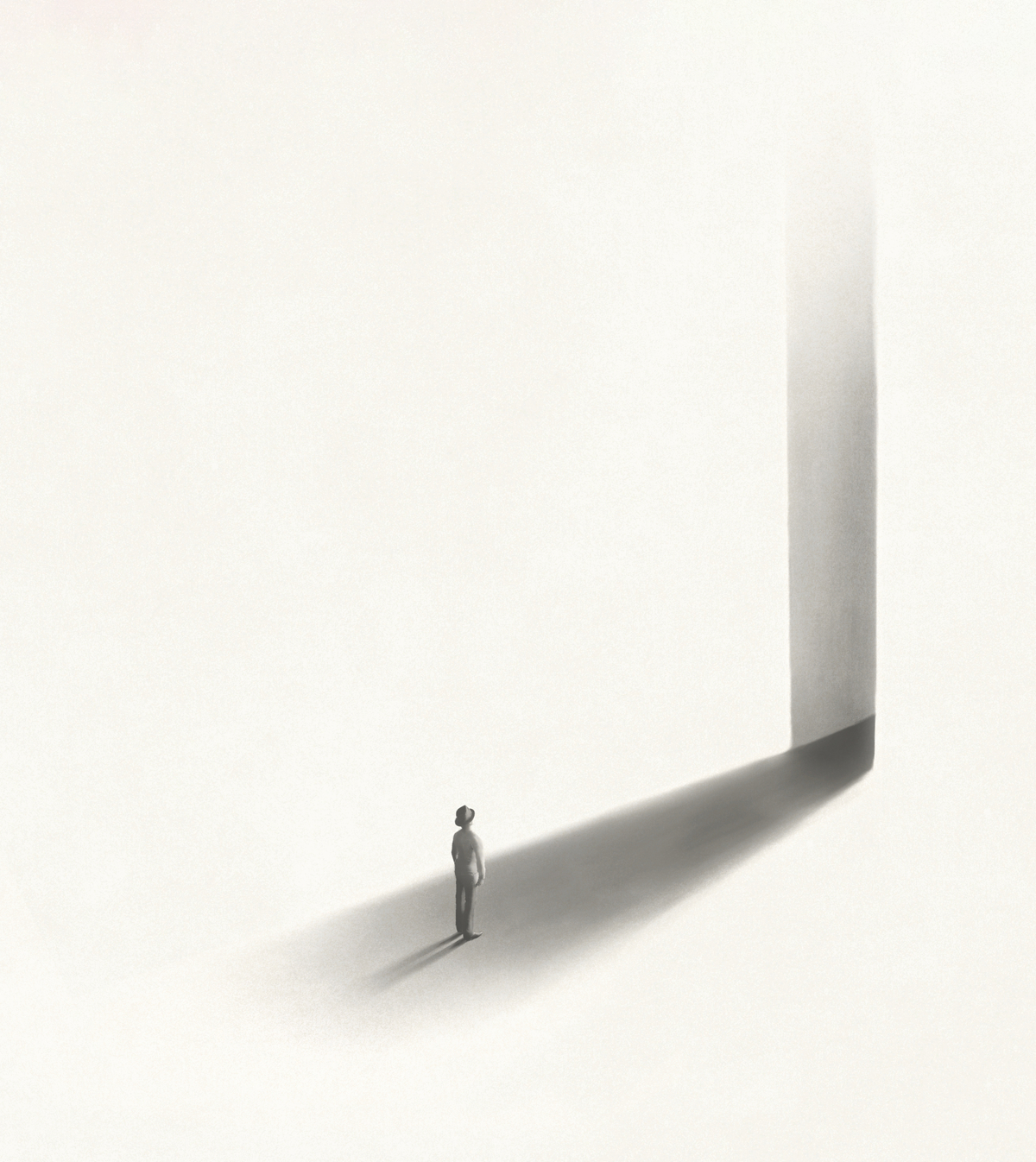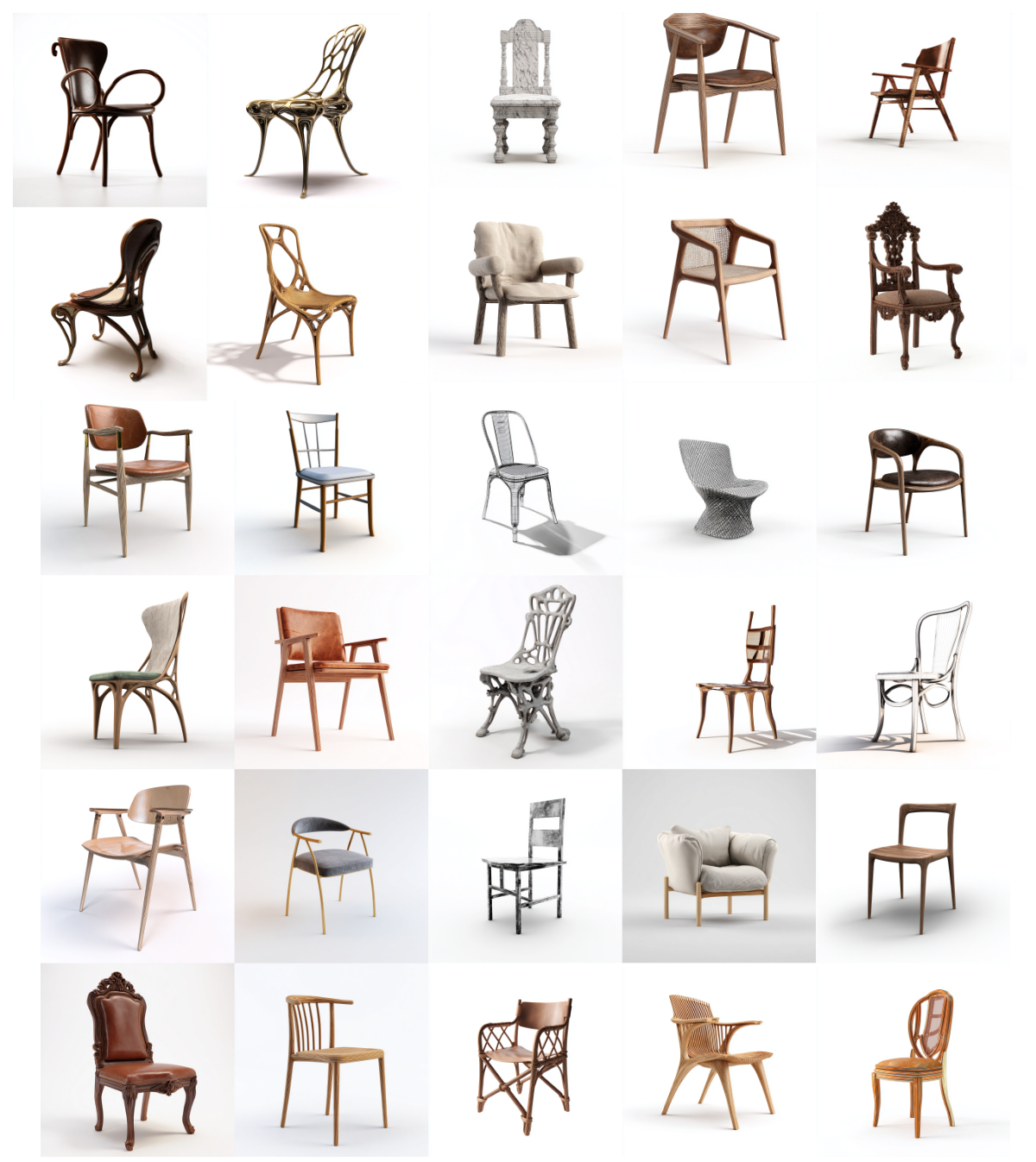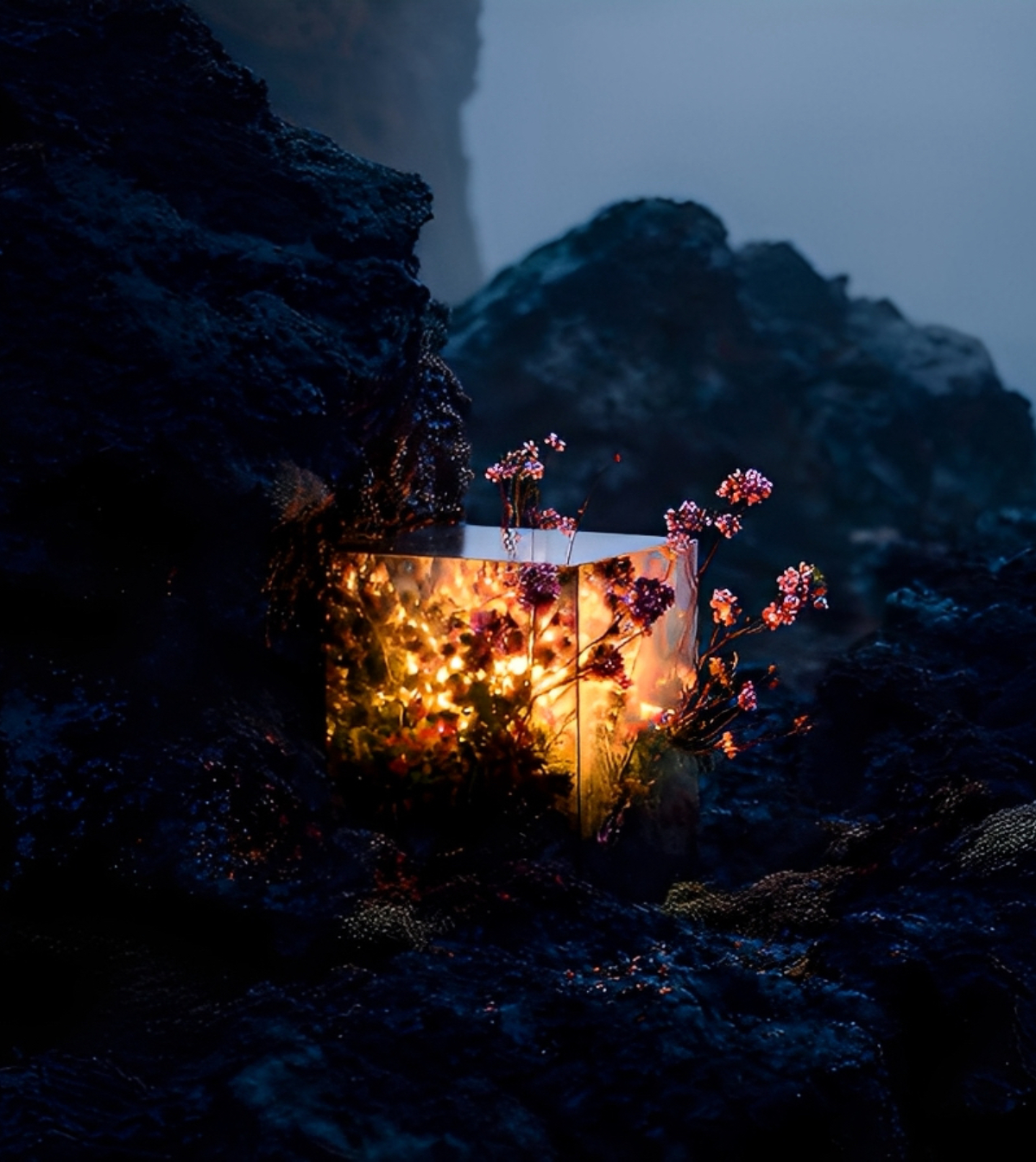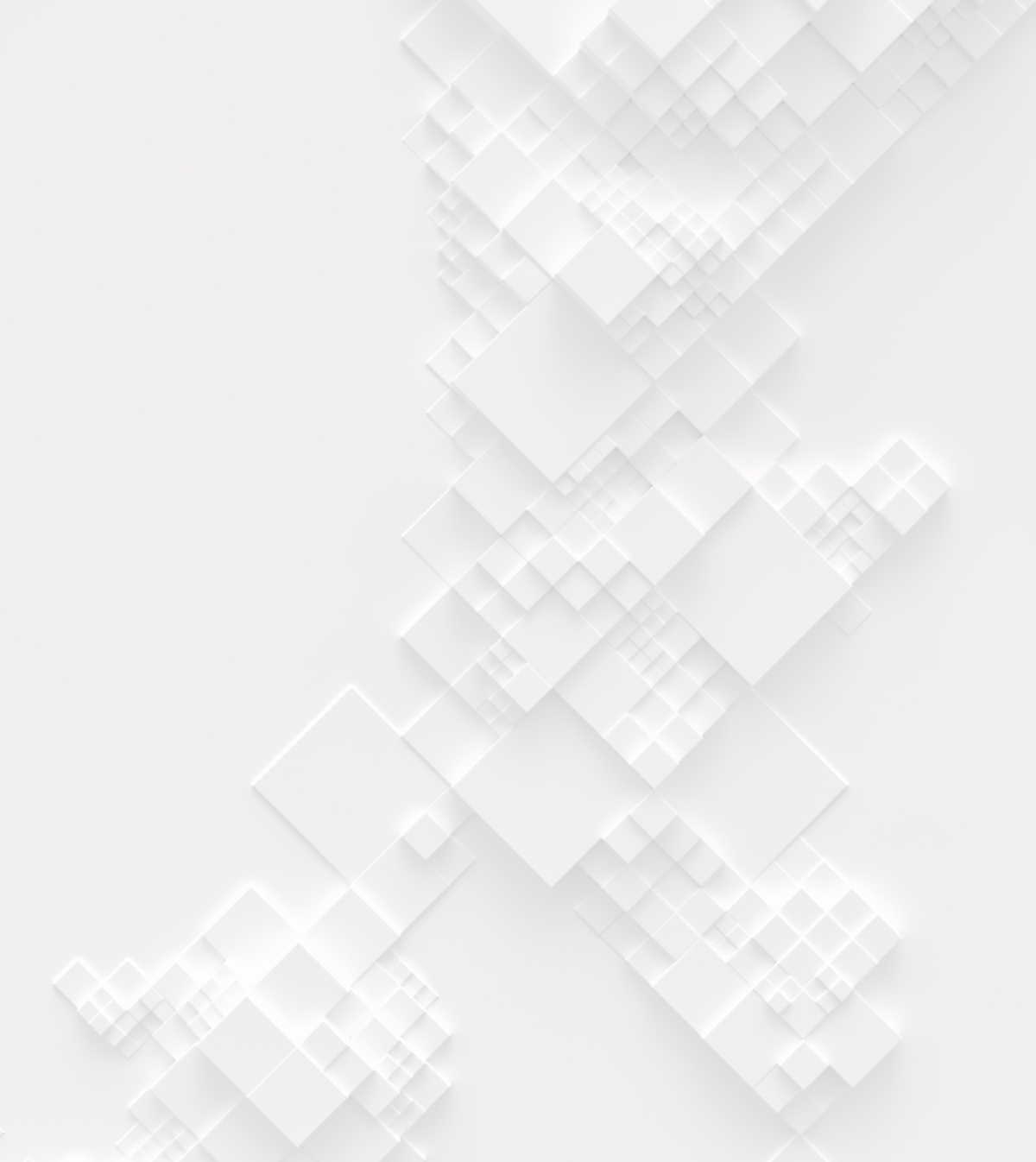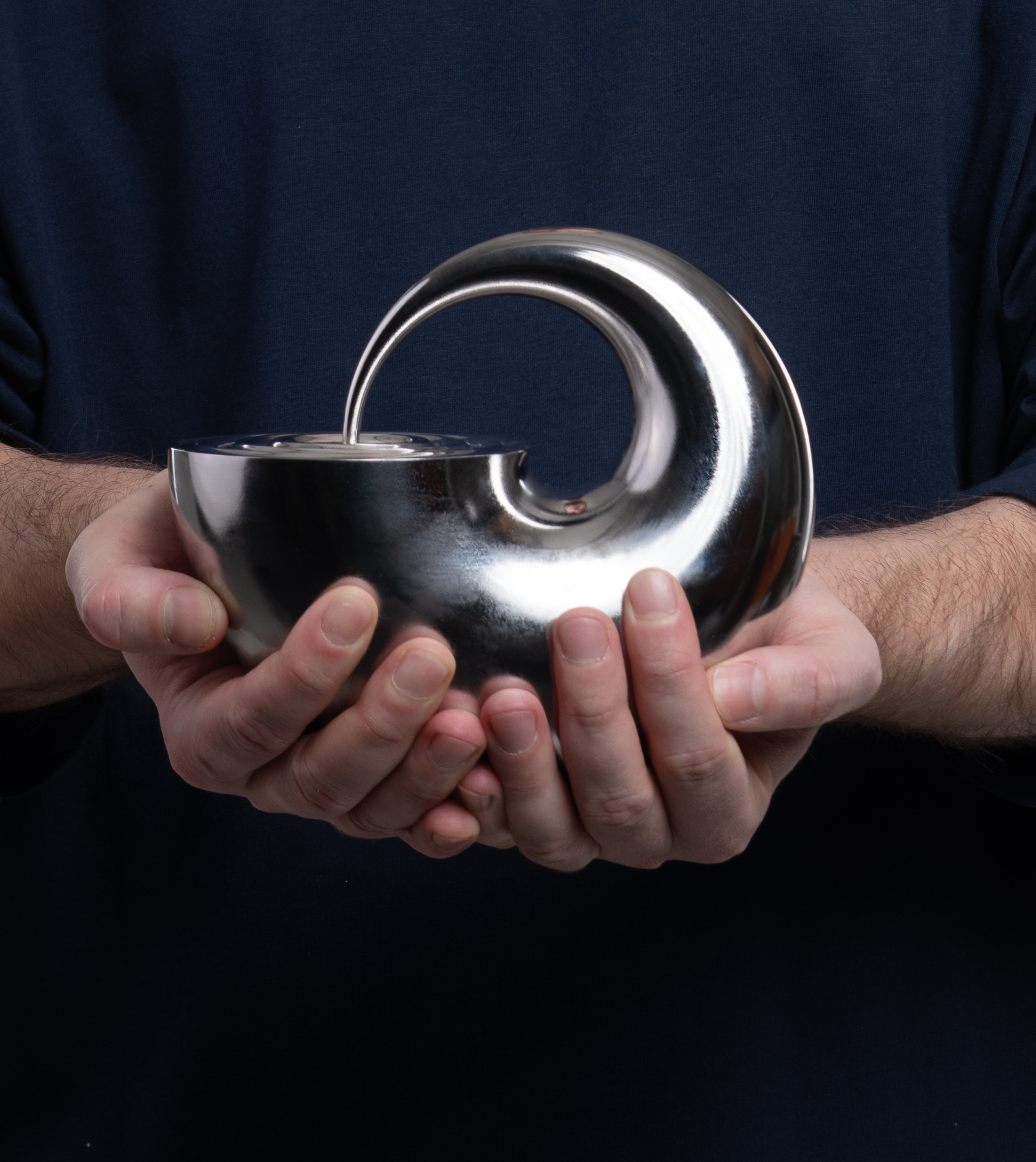We’d like to take the opportunity to introduce you to one of our Honorable mention winners for our "Sansusī Forest Food Court" competition – Grzegorz Oleniecki and Letícia Pacheco from Poland!
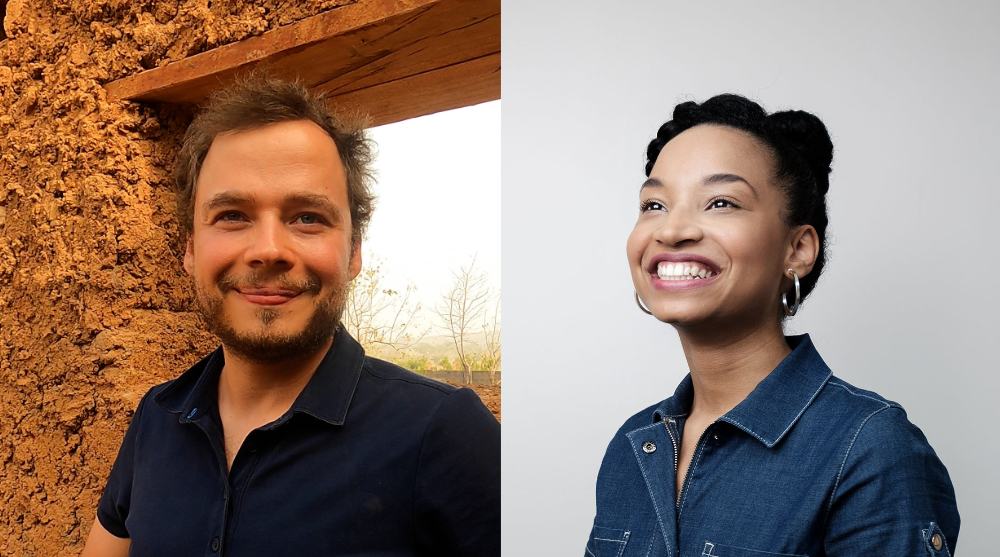
Honorable mention from Poland
Grzegorz Oleniecki | I am an architect with approximately ten years of international experience in the United Kingdom, Poland, Mexico, and Ghana, registered with the Royal Institute of British Architects/ARB and the Polish Chamber of Architects. Most recently, I had an opportunity to collaborate with Anna Heringer on a project for an educational campus in Tatale, Ghana. During my earlier career, I developed numerous award-nominated schemes, such as the Architects’ Journal Architecture Award 2019 shortlisted Wicksteed Park Learning Space project, for Wicksteed Park Charitable Trust and Lathams, or the Plastic Monument proposal awarded gold mention for Young Architects Competitions, to name a few, in a variety of sectors from residential and educational to urban design and heritage. My interest and active role in social and environmental values in architecture resulted in an exhibition of my work at the MUCA Roma Museum in Mexico City and the presentation of my housing initiative at the Time for Impact event in Rome, curated by the Itinerant Office. I graduated from the Wrocław University of Technology in Poland and also undertook postgraduate studies in Social Urban Regeneration at the Polytechnic University of Catalonia and the Enric Miralles Foundation in Barcelona, Spain.
Letícia Pacheco | I am a recently graduated architect and urban designer from Universidade de Brasília UnB. After graduation in 2022, following my interests, I pursued the Architecture for Humanity course organised by YACademy in Bologna, Italy. The classes with several renowned architects and offices, such as Kéré Architecture, BIG, Snohetta, and Jean Nouvel, helped me to develop critical thinking. After the course in August 2022, I undertook my first professional experience and collaborated with an Italian office Orrizontale on the Cittadella project in Bielefeld, Germany. Currently I work in my hometown as an independent architect, for private clients and for a buisness project curated by architecture council in Brasília.
Brief information about the projects that you/your company have been involved with. For instance, what scale have you focused on/preferred, any significant projects where the company/ individuals have been involved?
Grzegorz Oleniecki + Letícia Pacheco | We met during a high-level formation course, Architecture for Humanity, organised by YACademy. We are both interested in architecture that responds to the current challenges and issues, especially in the fields of social inequality and sustainability. Together, with small teams, we had a chance to develop a proposal for public restroom infrastructure for the New York City Department of Urban Design, with the purpose of tackling the current challenge of homelessness in the city. The other meaningful collaboration was the Allihies copper mine museum proposal in West Cork, Ireland, awarded a finalist in an international competition organised by Young Architects Competitions.
Grzegorz Oleniecki | My most recent collaboration with Anna Heringer on-site in Ghana influenced the food court competition proposals. I had an opportunity to supervise the construction of the educational campus in Tatale, north Ghana. It gave me a valuable re-think of what sustainable architecture is and can be, especially in the context of scarcity of means. Currently, I am developing a socially oriented initiative, Architecture for Hope, focused on architecture that can make a real impact on the lives of those in need. Stay tuned..!
Letícia Pacheco | I am working on residential projects as an autonomous architect. I am also part of a project offered by the architecture council of Brasília (CAU/DF). We are developing the business model of Re.arq, an architecture office focused on the creative reuse of construction materials in Brasilia. Before that, I collaborated with the Italian office Orizzontale on the Cittadella project in Bielefeld, Germany. It was a temporary wooden pavilion with multiple functions: exhibition, stage, and a shared space for several activities organized by Transurban Collective. It influenced the food court project!
What does architecture mean to you and what is the role of an architect in your society?
Grzegorz Oleniecki | Architects and architecture are in an exciting and challenging time. The number of serious issues today is almost infinite, starting with climate change and mass migration and ending with poverty and social inequalities, to name just a few. Therefore, the field of acting is vast, but architects must take a more active role and act together. More focus on deep research is needed, and the effort in order to construct projects should be maximized, going beyond traditional understanding of an architects role, as built projects can change someone’s life! So as architects, we need to decide where to invest our time and effort.
Letícia Pacheco | For me, architecture is a way of expression: it expresses a thought, a culture, a society, a community... Also, a need, a desire, a zeitgeist, art. It is very complex. It involves different fields of knowledge. That's why it is fascinating! Today's architects must respond to necessities and desires regarding cultural customs, context, site, and local materials. It should be done by implementing modern technologies while conserving traditional techniques and, above all, with care for the environment.
Why do you participate in architecture competitions?
Letícia Pacheco | I believe that architecture competitions serve as a platform to test our knowledge and engage with contemporary issues and questions that are crucial for reflection as architects. They also offer an opportunity to expand our portfolio and professional experience. Participating in global-scale competitions is rewarding as we learn from the proposals of other candidates and witness diverse perspectives on the same issues.
Grzegorz Oleniecki | Architecture competitions provide valuable insights into the current and future trends of the discipline. In addition to the chance to develop projects on fascinating topics, competitions push us to confront challenges in the best way we can imagine, enabling us to surpass our limits and transform our thinking. They serve as a training and improvement ground, similar to a visit to the gym for athletes.
What advice would you give to individuals who struggle to decide whether it would be beneficial for them to participate in architecture competitions?
Grzegorz Oleniecki | It is essential to challenge yourself. But remember to feed your creativity by looking beyond architecture, through self-experience, and by reading. Be curious, look beyond the images, and invest your time in critical thinking. Competitions are an excellent tool for it.
Letícia Pacheco | Architecture competitions are a huge opportunity to improve yourself: it gives you a short time to conclude the design, it requires the skills you need to express yourself as an architect. Defending an idea through drawings and texts, a graphical explanation of your proposal, and production of renders that will showcase your project, providing a realistic look into something not yet real. All those skills are necessary, and mastering all those tools will help you to grow your confidence as an architect.
Top 3 Reasons Why You Should Enter Architecture Competitions
Curious about the value of architecture competitions? Discover the transformative power they can have on your career - from igniting creativity and turning designs into reality, to gaining international recognition.
Learn more

